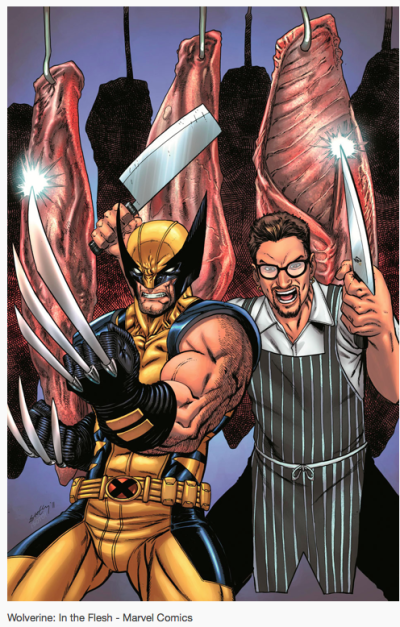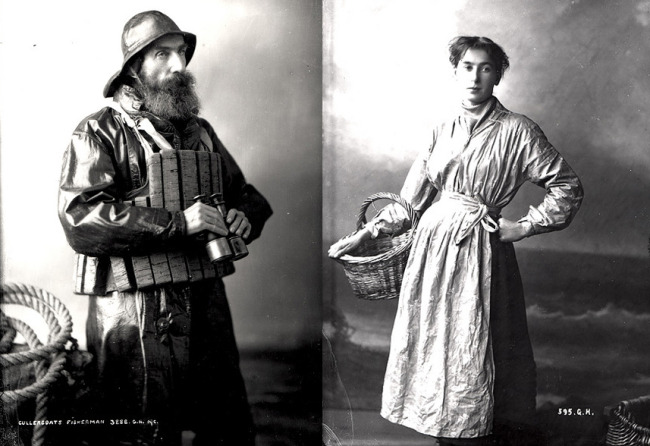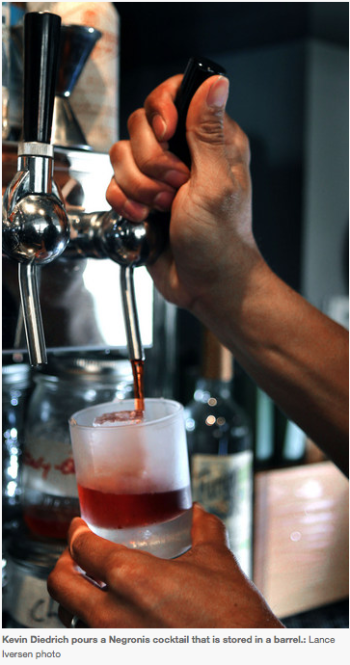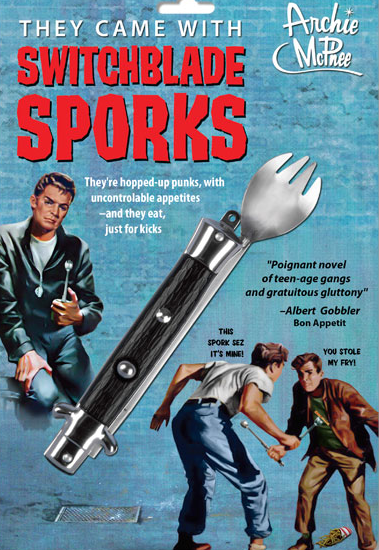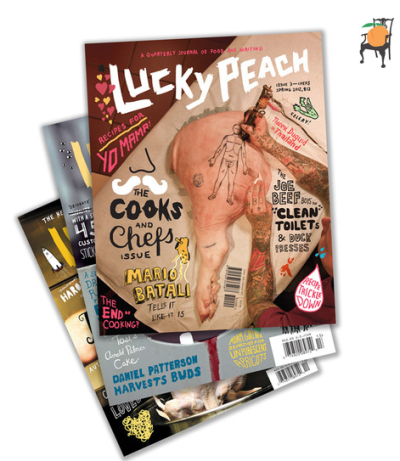this piece was originally published January 20 in Seedstock, the blog for sustainable agriculture focusing on startups, entrepreneurship, technology, urban agriculture, news and research.
Every year thousands of new and established producers looking for a slice of the American retail market throw down some big bucks in summer or winter and exhibit at the NASFT Fancy Food Show, which ran this past week in San Francisco.
Because of the costs of participation (booths start at $3,440, plus transportation to the show, materials, signage, staffing and samples) it skews towards large producers. As a small, farm-based producer, it would be very difficult to recoup your costs. And when you participate in a show, you join the market noise. Getting a shop onboard with your authentic product and story is better done one-on-one.
You can talk to the retail buyers that are right for you without meeting them at a show. A little detective work can yield a better, more targeted list. Here’s how.
- Go to the web sites of other products you admire, and that are of comparable price and quality, and check out their “where to buy” section. That’s your starter list.
- Look at the Edible Communities advertisers. You can find them in your local print edition or on the web sites of other regional editions. The shops that advertise here are often the kinds of shops that are looking for farm-sourced, artisan products.
- Keep a running list of what shops are getting written about in food magazines, newspaper food sections and top blogs, likes Tasting Table and Eater. Because keeping up with this information can get overwhelming, set up a custom RSS feed reader that let’s you quickly scan headlines and organize by regions and types. (We use Netvibes, and it’s free.)
- If your product has seasonal appeal, start way in advance. If holiday sales are what you want, start reaching out in early May. Depending on the size of the shop, they may tell you to try back in a few months, but then you’ll know their schedule and you’ll have the correct contact information in hand.
While exhibiting at the show isn’t a good value for small producers, it’s still a good place to watch for trends and newcomers. We walked every aisle looking for glimmers of authenticity, so you didn’t have to. Below are a few of our finds.
American artisan cheese was well represented with familiar names like Coach Farm, Vermont Butter & Cheese Creamery, and Cypress Grove Cheve in attendance. The best story here is that great American cheese-making is no longer novel, even at a mainstream show like this one.
The bulk of the show is long-shelf-life packaged goods. A few years ago, you couldn’t turn around without hearing about a new pickle company, but this year the field was spare. There were a few good examples of preserves from both east and west, however. Oregon Growers and Shippers has developed into a really impressive line of jams, butter, honeys and fruit pates that bring together the bounty of the Hood River Valley and surroundings in flavor combinations that give a sense of place, like cherry zinfandel and pear hazelnut. They’re a good example of an artisan and farmers partnership, and they market their farm-sourced story well. As an endorsement in their materials from a local orchardist explains: “Their success is our success.” Amen to that.
With a bent towards savory cheese pairings, Virginia Chutney Co. took the time to discuss with us the difficulties of consistently sourcing locally from small growers. Their berries come from the west coast, but they get the tomatoes for their green tomato chutney from a local farm. Their attempts to use local peaches were thwarted by the extra labor of not being able to get freestones one time, and the bears who ate the best of the crop another. (If you’re in their area with local produce to sell, why not give them a call.)
Candy, cookies and other sweets were a big part of the show, and most on offer were cheap, industrial versions of familiar items. That made goat milk caramel from Fat Toad Farm in Vermont even more delightful. In addition to fresh cheese, they turn milk from their 64-head goat herd into jarred caramel sauces, both unexpected and delicious. Their packaging isn’t flashy but shows how a few thoughtful details can create a distinct look without breaking the bank. Their logo, an image of a fat toad that looks like a children’s book illustration, and touches like burlap gift bags printed with a line drawing of a jar, feel whimsical and farm-inspired without being folksy.
Well-warn paths aren’t the only way to go. Sometimes it pays to be a pioneer. We wrote about Bourbon Barrel Foods in the context of building American regional food identities, and they were at the show in a category all their own with their Kentucky soy sauce.
The most exciting thing that we’d love to see more of is high-end vinegar. A lone example at the show was Gingras, an aged cider vinegar from Quebec. They don’t call out their farm connections nearly as much as they could, but Gingras is made from apples grown in their own orchards and aged in French oak barrels to develop the flavor. We’ve seen fruit vinegars on cocktail menus in Japan, and Gingras was sampling a rum-based cocktail during the show.
Chefs know the value of specialty vinegars in cooking, and this is a trend that could spill over more to home kitchens. Mixologists are also getting media coverage and shaping trends of their own. Across the country, the shelves of specialty food stores are stocked with European and Asian products with very little from the US. For a producer, it’s a higher value product than juice without all the regulation hassle of alcohol. And its appearance on cocktail menus opens up branding possibilities and name recognition for producers. If you’ve got a pioneering spirit and excess produce, it’s time to start experimenting. Let authenticity and clear flavors (not quirkiness for its own sake) be your guide.
_____________________
Submit Your Question(s) for Next Week!
You can submit your questions via email, facebook or Twitter.
_____________________
About Alisha & Polly’s company: Polish Partnerships
www.polishpartnerships.com
Polish is a branding and communications company for the new gastroconomy. By creating strong partnerships with food and beverage producers, hospitality groups and industry innovators, we go the extra distance, transforming hopes, dreams and expectations into tangible, sustainable and polished realities.






